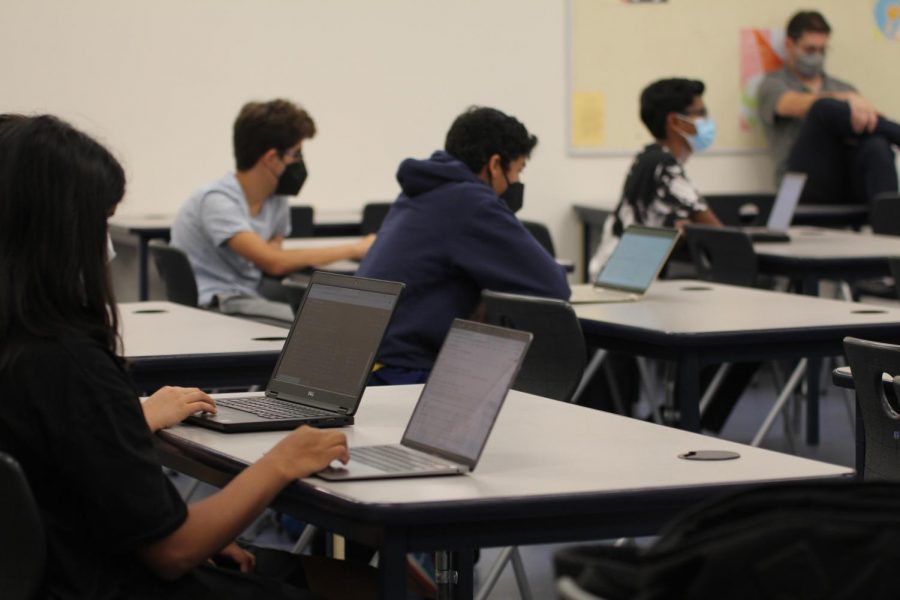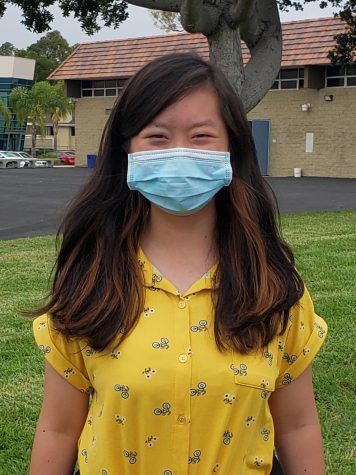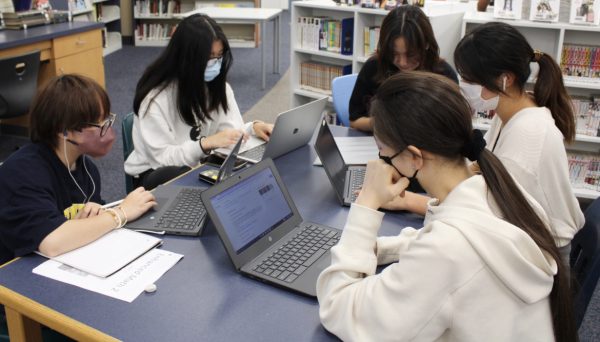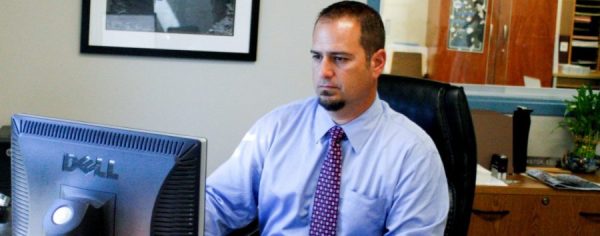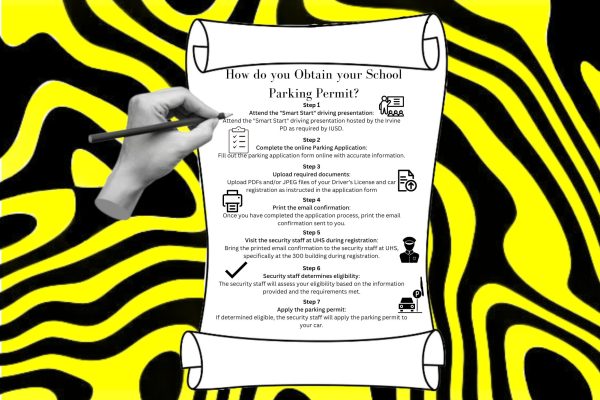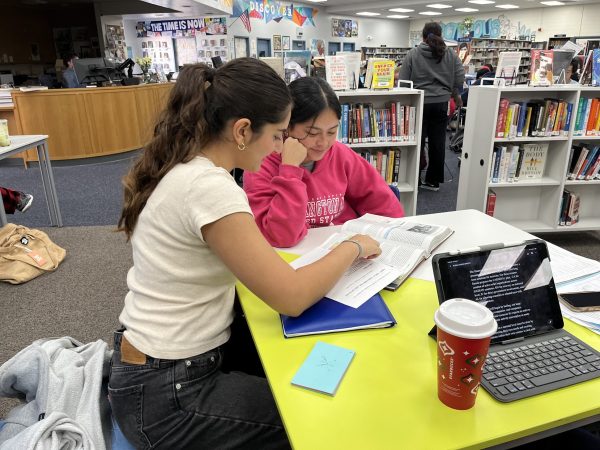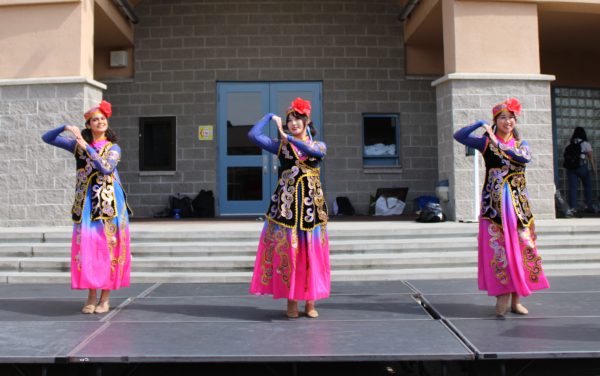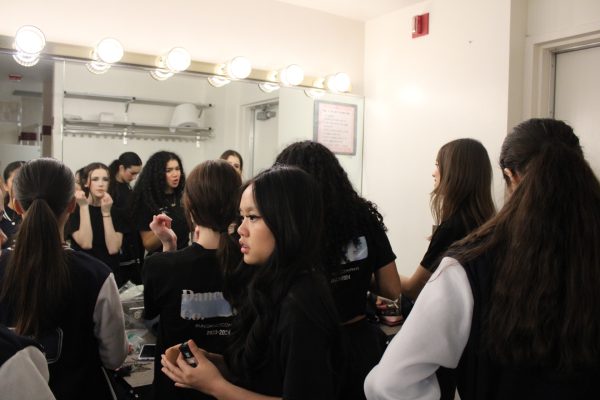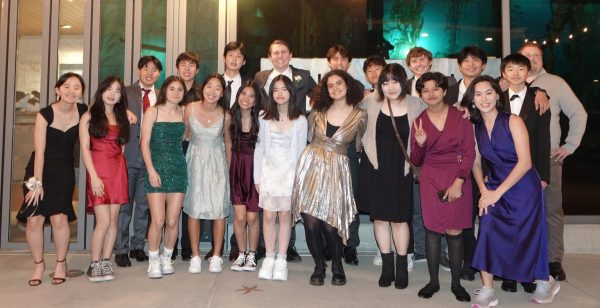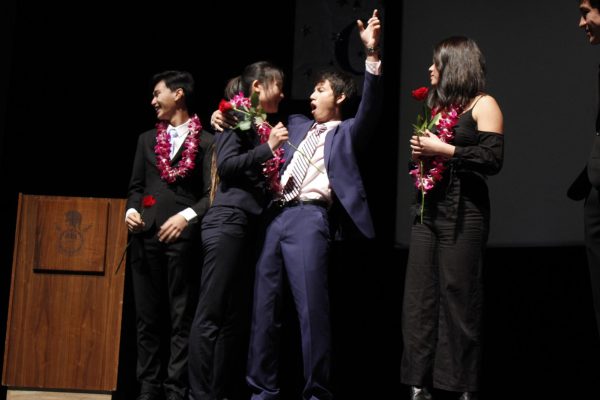STEM Clubs at UHS Adapt to the New Normal
November 17, 2021
Every school year brings new challenges for clubs, new and old alike. However, the transition from the past year to the current, in particular, has been one of the most unpredictable environments for club leaderships. During the past school year, many clubs found it difficult to maintain engagement and adapt to the new environment of limited in-person opportunities. Many clubs adopted online meetings, and some lowered the frequency of their meetings. In looking at these instances, it’s interesting to look at STEM-based clubs, both competition-based and lecture-based, given that one of the driving factors of STEM initiatives is engagement.
For many competition-based clubs, such as Science Club, adapting to the new format of online competitions posed an obstacle for club leadership.
“For Science Olympiad, competitions are in the Satellite SO model, meaning team members come in-person to [UHS] and take tests through the online platform (Scilympiad) together. So at least there is still an in-person component, even though we don’t get to be in the same space as other schools,” junior Aniyah Shen, co-president of Science Club, said.
She notes that this year’s competition style is a compromise of the style before the pandemic.
Even so, “it’s been actually really nice to get back into a semi-normal rhythm,” Shen said.
The Science Olympiad program is only one branch of Science Club, which has made adaptations for all its branches. The club includes four branches: Science Olympiad, Science Bowl, Ocean Science Bowl, and Biology Club. These sections all require interactive practices to ensure adequate preparation for competitions, so students have had to make an extended effort to hold in-person meetings.
“Running a club after [the pandemic] has been refreshing but also a welcome challenge. We have loved being able to meet in person, as we have been able to bond better,” junior Ben Fan, co-president of Science Club, said. “However, since we are primarily a lunch club, we have also had the challenge of balancing the length of meetings with the amount of time members have to eat. Overall, the transition has been smooth in large part thanks to our amazing advisors and the great work [Quinlan Tobin, current Clubs Commissioner] has done.”
Math Club is another one of UHS’ STEM clubs. However, unlike Science Club, Math Club is a lecture-based club that helps facilitate a few annual competitions. During the last school year, Math Club offered a hybrid meeting style mirroring the hybrid style of the school day. Lectures were given in person and streamed live on Zoom as well. This year, meetings have moved entirely in person.
However, as exciting as it is, coming back from such a different structure poses its challenges. For Math Club, balancing time for lectures and adequate time for attendees to eat afterwards during the 35-minute lunch period has been an ongoing issue.
“We have had to make multiple adjustments. For example, instead of being able to use the full lunch period, our meetings are now around 15-20 minutes long to give sufficient time for club members to eat lunch,” Fan said. “Due to these short meetings, we have also begun to create lecture notes so that students can review topics from the lecture.”
Computer Science Club, another lecture-based club, has faced similar issues with the new time constraint. However, the new circumstances have proven to aid the efficiency of the club as well.
“Although it means we can’t cover as much, shorter meetings are actually helpful in some ways as it forces us to think about how to make our meetings more concise yet informative,” junior Edward Jung, co-president of the Computer Science Club, said.
What stands out throughout many clubs across campus is the ability to adapt. Almost all school organizations were forced to adapt abruptly when the pandemic began, but the slow transition back to normalcy will also test clubs’ adaptability. Despite the challenges that come with it, many club leaders find comfort in the new normalcy.
“It’s been actually really nice to get back into a semi-normal rhythm. My co-president, Robert, and I have been really excited to see everyone in-person and to get back to semi-in-person competitions,” Shen says.


